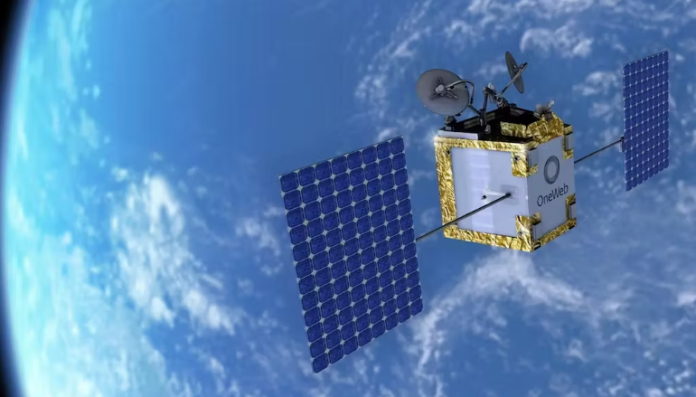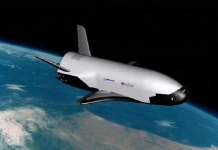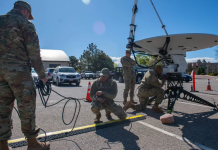Military space communications experts at Raytheon Technologies Corp. (RTX) are joining two other U.S. defense systems integrators on a U.S. Air Force research project to find new ways of distributing information among land, sea, and air forces quickly to support high-speed decision-making.
Officials of the Air Force Research Laboratory at Wright-Patterson Air Force Base, Ohio, announced a $36.1 million contract to the RTX Raytheon segment in McKinney, Texas, (formerly the Raytheon Intelligence & Space and Raytheon Missiles & Defense segments) last month for the Defense Experimentation Using the Commercial Space Internet (DEUCSI) program.
This project seeks the ability to move and share data seamlessly among a wide variety of fixed and mobile operating locations using constantly available, high-bandwidth, beyond-line-of-sight communications.
DEUCSI space-based capability will be called path-agnostic communications because its users will be able to communicate reliably to any location in the world without explicitly specifying which nodes of a communication network to use.
Raytheon, Northrop Grumman, and L3Harris will seek to establish the ability to communicate with Air Force and other military platforms via several different commercial space internet constellations using common user terminal hardware elements.
The vision for path-agnostic communications is becoming possible due to the burgeoning commercial space industry, Air Force officials say. Several commercial companies plan to establish space internet constellations consisting of hundreds to thousands of commercial satellites, each to create global internet services.
The DEUCSI program seeks to establish resilient, high-bandwidth, high-availability Air Force communications and data-sharing capabilities by leveraging developing commercial space internet networks.
This approach differs radically from traditional military satellite communications programs in which the government typically specifies and funds every aspect of the program, Air Force researchers point out.
Instead, taking advantage of the commercial space internet will concentrate government efforts on the few areas that are unique to Air Force applications.
The project has three phases: establish connectivity between several Air Force sites using commercial demonstration satellites and terminals; expand connectivity to many Air Force assets by proliferating user terminals to several locations and vehicle types; and special experiments to address military-unique requirements not otherwise met by commercial space internet vendors.
Other DEUCSI contractors include the Lockheed Martin Aeronautics segment in Fort Worth, Texas; and Ball Aerospace & Technologies Corp. in Boulder, Colo.
Raytheon Technologies Corp. changed its name last month to RTX, which consists of three brands: Collins Aerospace, Pratt & Whitney, and Raytheon. For more information contact Raytheon online at www.rtx.com/raytheon, Northrop Grumman Mission Systems at www.northropgrumman.com/who-we-are/business-sectors/mission-systems, L3Harris at www.l3harris.com, or the Air Force Research Laboratory at www.afrl.af.mil.





